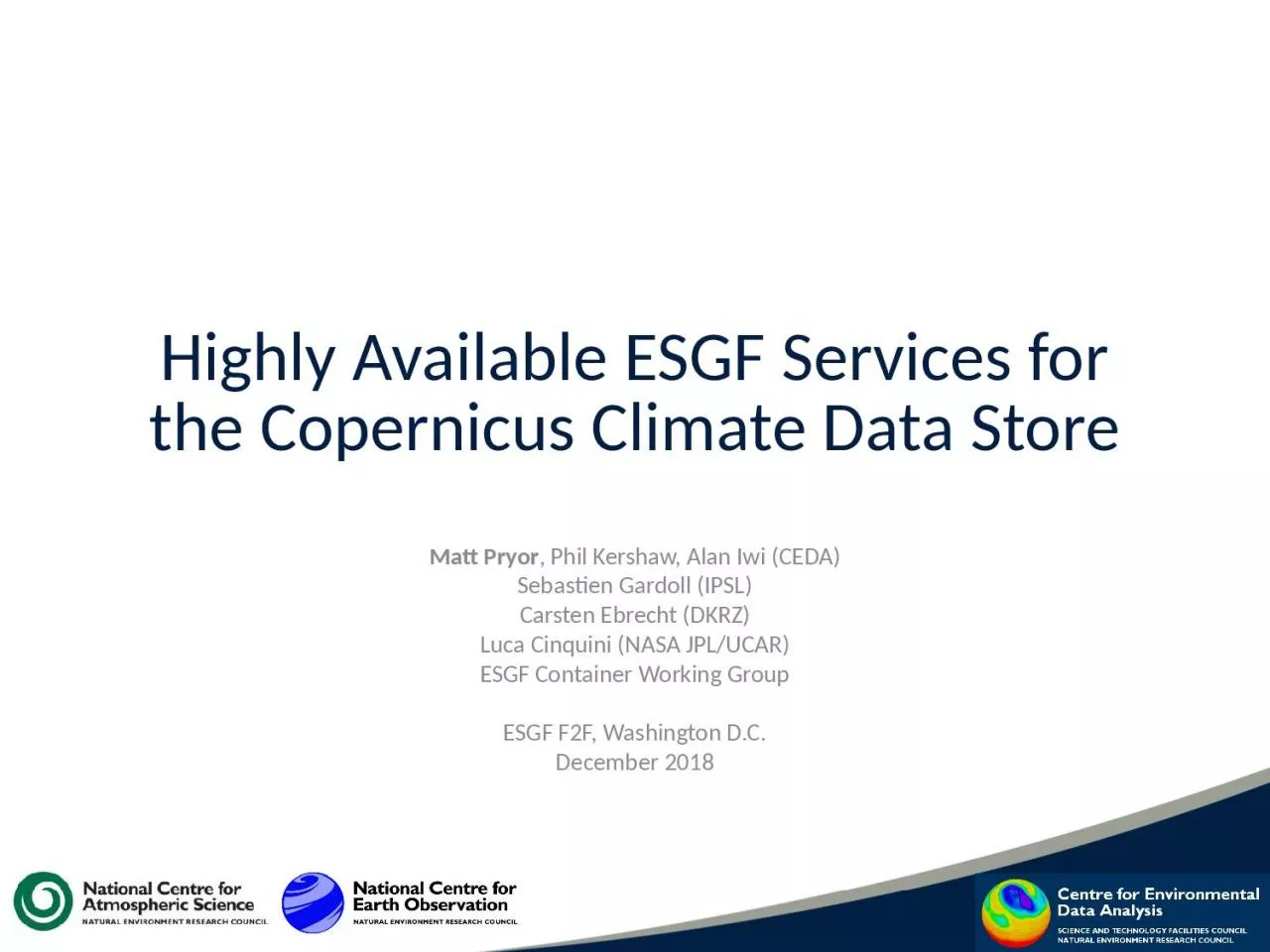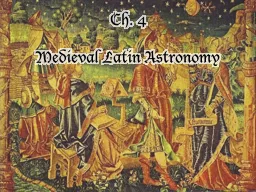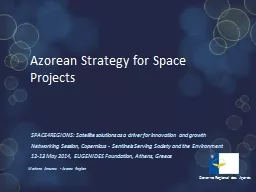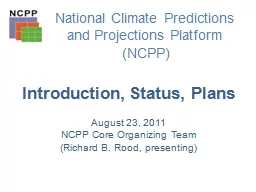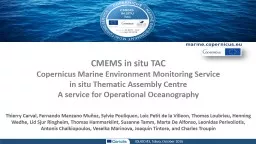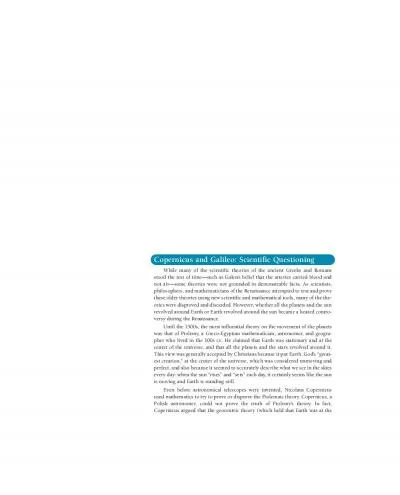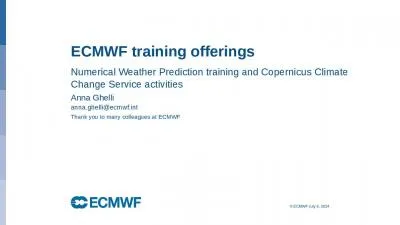PPT-Highly Available ESGF Services for the Copernicus Climate Data Store
Author : reportperfect | Published Date : 2020-08-28
Matt Pryor Phil Kershaw Alan Iwi CEDA Sebastien Gardoll IPSL Carsten Ebrecht DKRZ Luca Cinquini NASA JPLUCAR ESGF Container Working Group ESGF F2F Washington
Presentation Embed Code
Download Presentation
Download Presentation The PPT/PDF document "Highly Available ESGF Services for the C..." is the property of its rightful owner. Permission is granted to download and print the materials on this website for personal, non-commercial use only, and to display it on your personal computer provided you do not modify the materials and that you retain all copyright notices contained in the materials. By downloading content from our website, you accept the terms of this agreement.
Highly Available ESGF Services for the Copernicus Climate Data Store: Transcript
Download Rules Of Document
"Highly Available ESGF Services for the Copernicus Climate Data Store"The content belongs to its owner. You may download and print it for personal use, without modification, and keep all copyright notices. By downloading, you agree to these terms.
Related Documents

